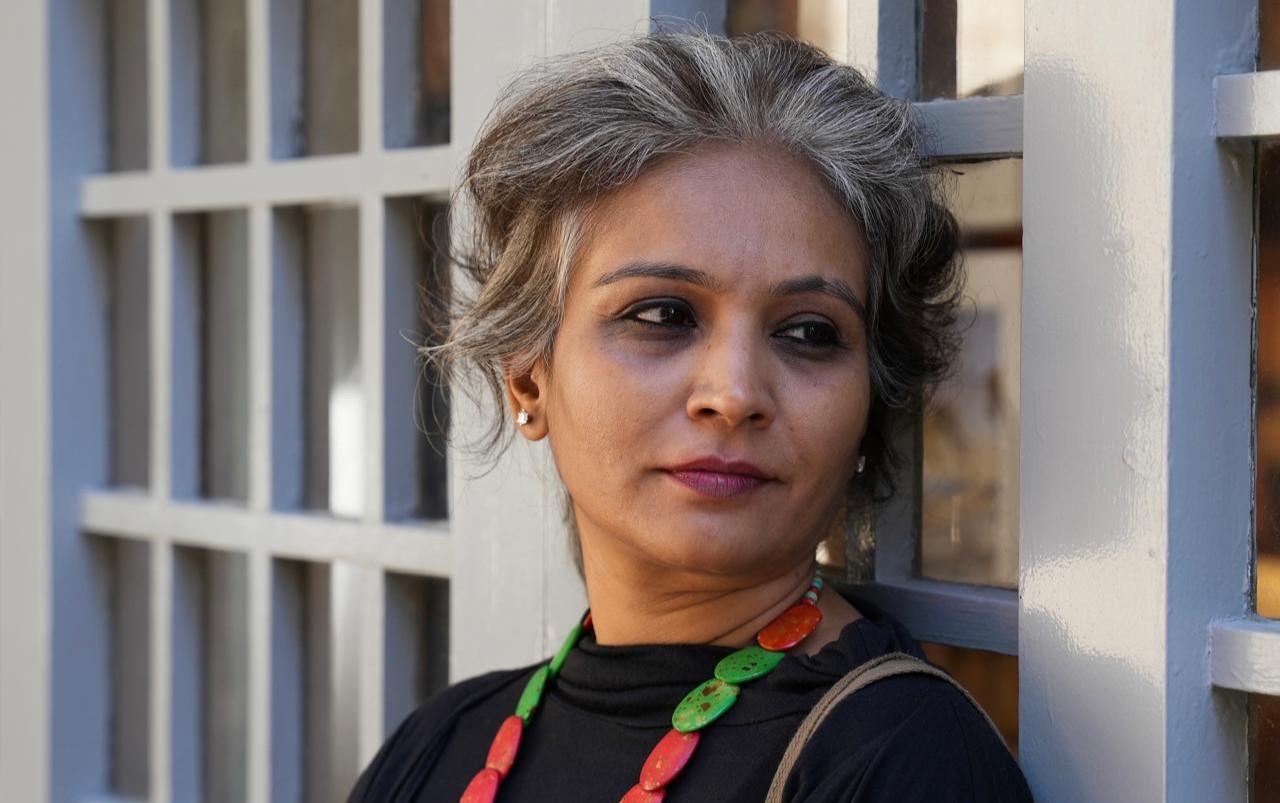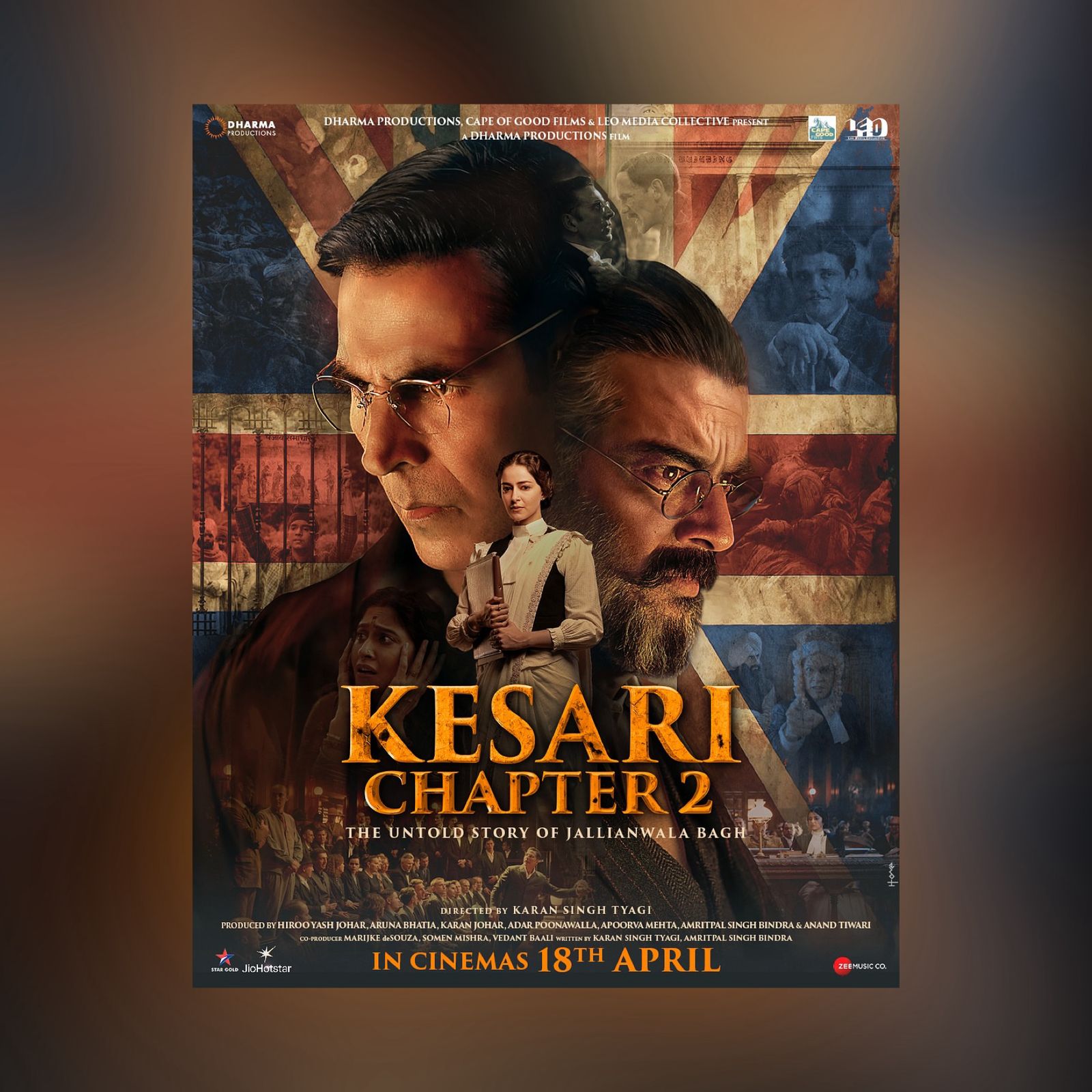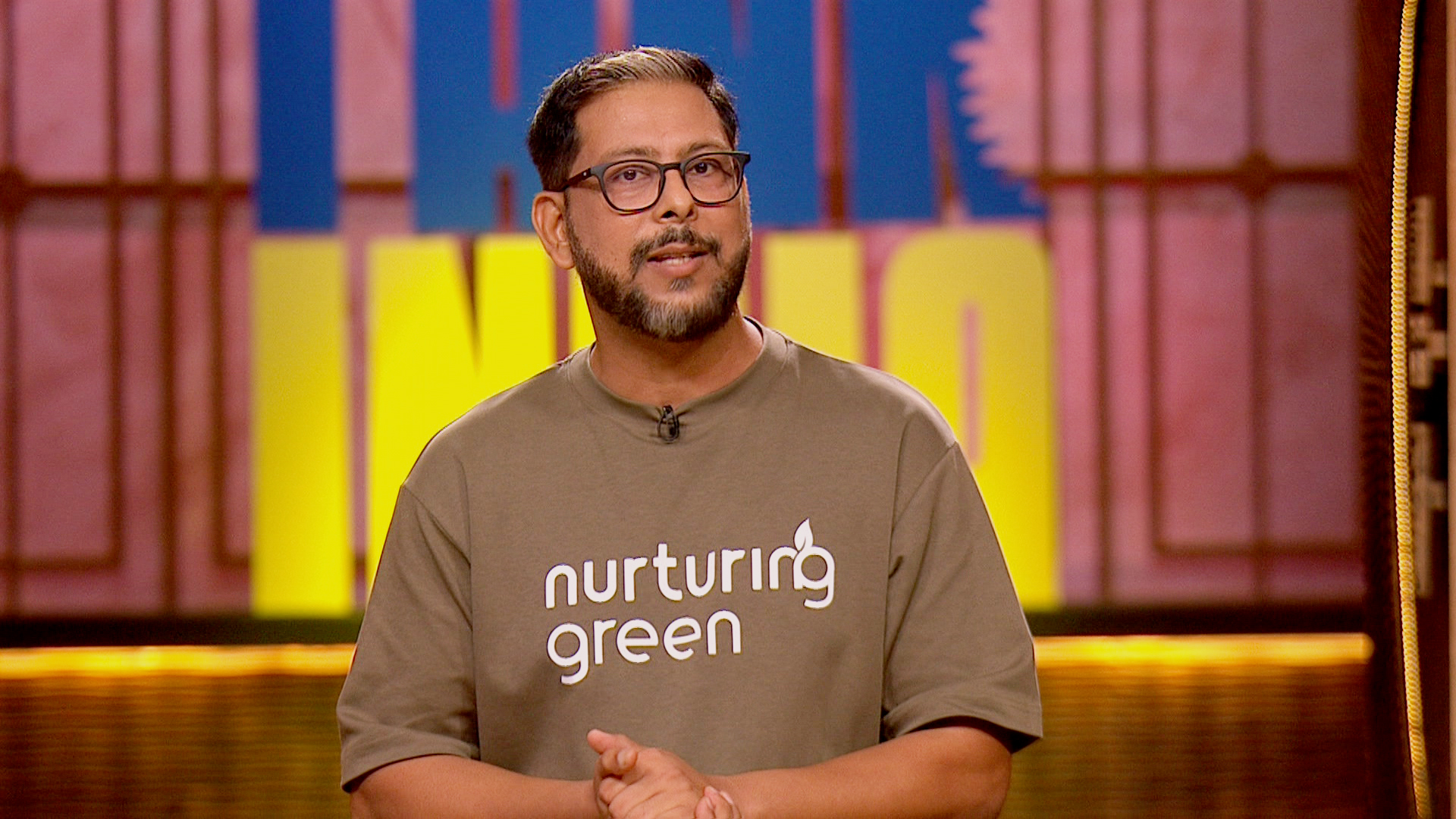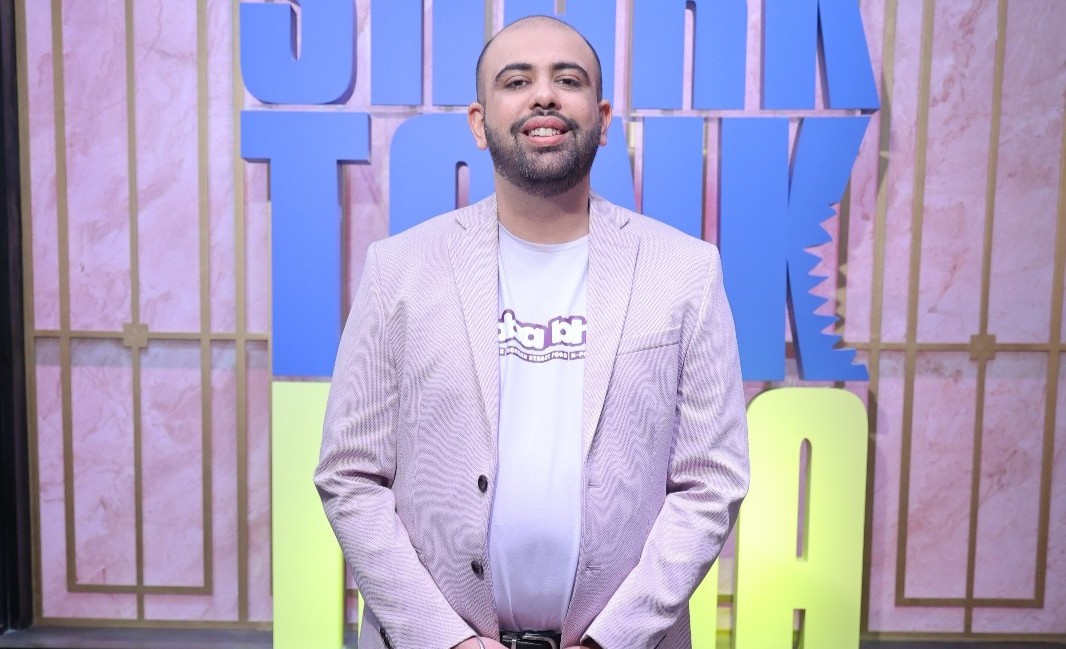
“I try to portray emotions as sensitively as I can” – Aarti S. Bagdi
As a filmmaker, Aarti S. Bagdi has worked on diverse content. In the past, she has directed short films like ‘Shuruaat Ka Interval’, ‘Khamakha’ and ‘Udne Do’. She has also served as a co-writer and associate producer on the feature-length film ‘Bombairiya’. Recently, ‘Chalti Rahe Zindagi’, her first feature-length film as a director, which shed light on the issues people from different walks of life went through the Covid-19 crisis, started streaming on Zee5. The film, featuring Seema Biswas, Indraneil Sengupta, Barkha Sengupta, Manjari Fadnnis, Siddhant Kapoor, Rohit Khandelwal and Tanya Jacob in principal roles, was shot during the pandemic.
In this interview, Aarti talks about the challenges she faced while making ‘Chalti Rahe Zindagi’, why making the film was a creatively fulfilling experience, journey as a filmmaker, the genres she would like to explore as a filmmaker, and more.
‘Chalti Rahe Zindagi’ was shot when the Covid-19 situation was at its peak. With all the restrictions around, how did you manage to put the film together?
We shot the first story, featuring Barkha (Sengupta) and Indraneil (Sengupta) in August 2020 when Covid-19 was at its peak. We shot the second story during December. The third story was shot in April 2021. We would write between these breaks. We picked up three main issues that affected everybody. By June-July, we wrapped up the shoot. Then, we got into the post-production process. The film got ready in January 2022. After that, it was a tough task to secure a release for it. There was Covid exhaustion in the market and platforms did not want to back another film on this topic. All the other Covid films had a grim tone to them. My film was a tale of hope. When we were making this film, we didn’t know how long Covid will be around for. Even when things are messy, we can find some positivity in it. I thought about making a film that would give courage and hope to humanity.
We lucked out on the performances. We were working with a lot of constraints. We wanted the film to stand out on two things, the performances and writing. The first part had just the four of us shooting together. There was Barkha, Neil, my DOP Dharam (Dharmendra Bhurji) and me. While shooting the next story, there were ten people around. When restrictions eased up, more people came in. In the first story, Neil and Barkha not only played Arjun and Aru, they also played the other two characters whose faces you don’t see. Since we didn’t have actors, we decided to get them to play four characters (laughs). For the other character Barkha played, we gave her a wig. The looks were different. We decided it was okay not to show their faces as it was not relevant to the story. The third story, featuring Seema ji and Manjiri, is what we shot next. We shot that story in my house. We shot it in five days. Since there were ten people, we were wondering who will bring the virus next (laughs). Seema ji had done comic plays long ago but she has never had a chance to explore this genre on screen. She was very excited about getting to do this for the first time.
We were doing all this without money. We managed to do it because of goodwill. Then, came a time when the film needed money. That is when I reached out to Ajay (Kumar Singh) ji, who is the producer at Lovely World Entertainment. He also owns Real Touch Studios and has a post-production setup. It was gracious of him to step in and help us. With limited resources, we managed to make this film. We wanted the film to have an emotional impact on the audience. I think it has managed to do that.
What was the biggest challenge you faced during this process?
The biggest challenge was that we didn’t have a crew. The kathak portion was shot in June 2021 when the lockdown was lifted for some time. The restrictions were there for a long time. At any given time, we couldn’t have more than 30 people working on the film. The actors didn’t have the assistance of a make-up artist or spot person. I didn’t have assistants. My DOP didn’t have a focus puller. Shakir Khan, who has been the co-writer, lyricist and co-producer on the film, and I were hands-on and would assist each other. We made the film for the passion and love for the craft.
As a filmmaker, you have worked on a variety of subjects.
I have never consciously tried to do that. Films often become a catalyst for change. It can give you hope and change your mindset for the better as well. There are things you can achieve in a film in one go. Sometimes, it takes a lifetime for you to have that kind of internal change. The aim is to entertain and engage the audience. However, if I can do that while trying to convey something profound, I would be most happy.
How would you describe your style as a filmmaker?
In my films, music has played a very important role. It is a very important storytelling tool. I make a lot of effort to flesh out characters properly. The story, of course, is extremely crucial. It is the backbone of every film. I try to portray emotions as sensitively as I can. I have the advantage of a female lens. I try to show a point of view which some people might have missed.
Your films tend to be high on emotion.
I keep hearing that from people. My friend Nikhil Nagesh Bhat, who recently directed ‘Kill’, told me that he found ‘Chalti Rahe Zindagi’ was an extremely emotional film and that was one of its biggest strengths. It is so good to hear that from a film who makes films in a completely different genre.
Several years back, you were in charge of making educational content for Whistling Woods International. Is that how you started working with Subhash Ghai?
No, I actually started working with Subhash ji in the year 2003. I assisted him for two years on ‘Kisna’ (2005). After that, I worked on some films which Mukta Arts was producing at that time. I was assisting between Subhash ji and Sooraj Barjatya ji till 2007-08. After that, I moved to Japan and lived there for a couple of years. I made a few things independently there. In 2017, Subhash ji invited me to make some content for Whistling Woods.
In the early 2000s, you earned a post-graduate diploma in mass communication from the Symbiosis Institute of Mass Communication, Pune. How do you look back at your journey?
The journey has been filled with several ups and downs but I have enjoyed every bit of it. Making all these films over the years has been a fulfilling process. As far as ‘Chalti Rahe Zindagi’ is concerned, I felt a sense of relief when it finally released. I am extremely grateful to my producers. When we realized most people didn’t want to back or support a film based on the Covid-19 crisis, we were quite surprised. We had an incredible cast and every actor performed beautifully. I guess there is a right time for everything. Once the film was ready, I told my producer Shakir that people will realize this film’s value after 4-5 years. The thought came instinctively. There is that little nostalgia element associated with Covid-19. Last year, we went to the UK Film Festival. Then, the film was screened at a festival in Chicago. In December, it won the Special Jury Prize in Washington DC. It received a phenomenal response there. I found my best audience there. A group of Indians had come. It was a houseful show.
Going forward, what are the kind of stories you want to tell?
I want to tell stories that appeal to the young generation. I want to explore romance as a genre. There are 2-3 stories I have which I want to explore in the near future. I want to make a romantic comedy.
Publisher: Source link


